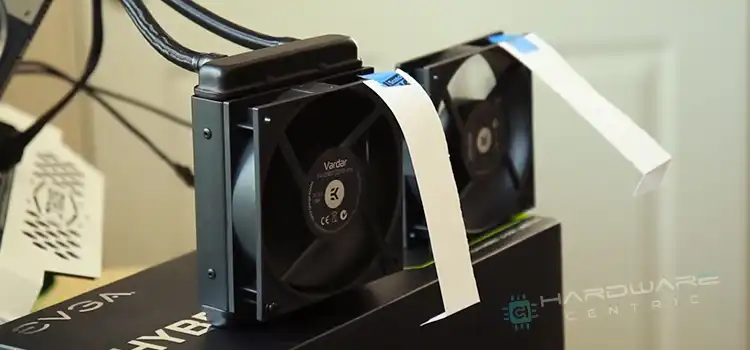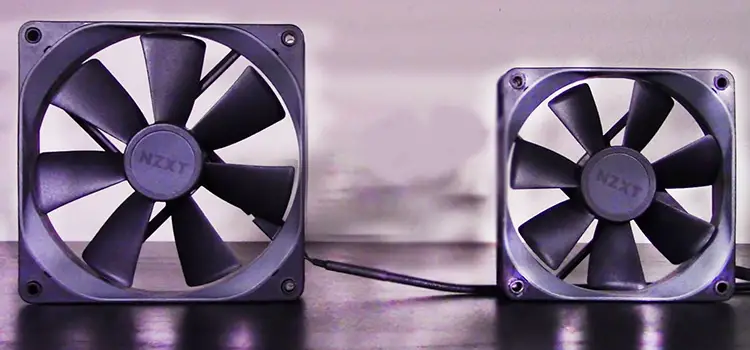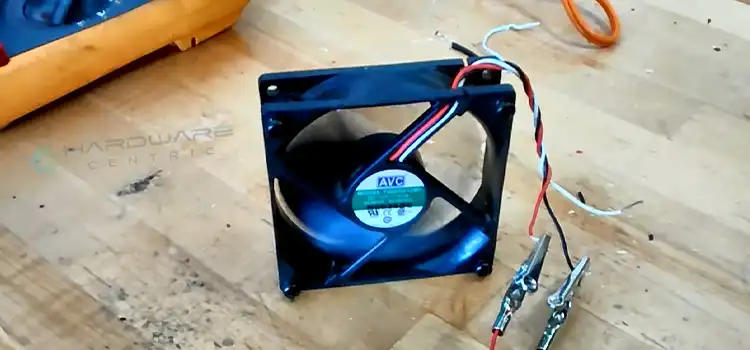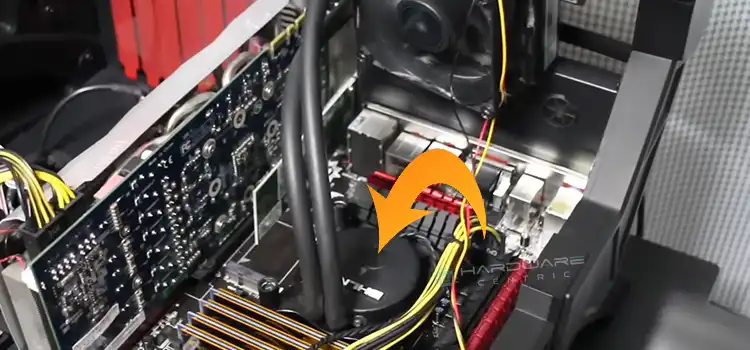Front Radiator Push or Pull Configuration? | Is Pull Always Better?
Basically, when using water cooling, a radiator is employed. It flows water via a cooling block placed above the CPU, then through the radiator, where it dissipates heat into the air that is circulated by fans. The front radiator is the radiator that’s mounted on the front side of the CPU case. According to most users and cooling system experts, in the case of a front radiator, it’s better to apply a pull configuration.
Now, read the article properly to decide whether a push or pull configuration is better for the front radiator.

What Is Push or Pull Configuration?
Push or pull configuration indicates the direction the fans of the radiator will flow the air.
1. Push Configuration
In this configuration, the radiator has fans before it. The fans then exhale inner air through the radiator outside the case.
2. Pull Configuration
In this configuration, the fans are placed rear of the radiator. They fetch fresh outer air and pass through the radiator. Then the air warms up and exits through the case fans.
The effectiveness of the cooling between push and pull may vary slightly relying on the airflow through the CPU case.

Front Radiator Push or Pull – Multifaced Analysis
In this section, you’ll learn more properties of both configurations. It’ll make it easier to decide which one is preferable.
1. Performance: Push or Pull Configuration
According to a cooling performance test, it’s quite clear that the push configuration gives better performance than the pull configuration. Experts have performed two different stress tests on two different fans; one is at 800 RPM speed and another is at 1600 RPM speed. In both tests, the pull configuration surpasses the push configuration by approximately 1ºC.
2. Installation: Push or Pull Configuration
A pull configuration on the front of the case makes installation the simplest. It would be challenging to install the radiator screws through these fans after installing the radiator fans in a push configuration from the front of the case. Likewise, installation is simpler for a push arrangement at the top of the case, as trying to install the radiator from within the case would put you in an absurd situation. Installing these cases backward will be challenging.
3. Cleaning: Push or Pull Configuration
When utilizing a push configuration, cleaning the radiator is practically very difficult and requires removing the fans from the radiator. Meanwhile, you may quickly and effectively remove the dirt and dust on the radiator from within the case by Using compressed air can or an air blower, while it is in a pull configuration.
4. Compatible Configuration for Front-Mounted Radiator
In general, in a push configuration, the fan is located in the front of the case, pushing air toward the radiator. This layout is the most popular and effective at maintaining certain air pressure, which at least theoretically, is more significant than air amount, especially with high-density radiators. This fact should be considered.
According to cooling system experts, a pull configuration, where the fans are positioned behind the front-mount radiator, is technically more effective because the air being drawn through has a cleaner flow than a push configuration, which results in resistance between the radiator and the fans and lower efficiency.
Frequently Asked Questions (FAQs)
Is push-pull better for radiators?
A push-pull system performs better with a radiator that has a greater FPI (Fins Per Inch) than a single fan, or at least not at lower fan speeds. Fans are positioned here on both sides of the radiator, with the fans mounted on the front directing air away from the radiator and the fans mounted on the back pushing air toward the radiator. Either an intake or an exhaust can be employed with the push-pull design.
Do radiator fans push or pull air?
Air can be pushed or pulled through the radiator by the fans. The radiator is in front of a pusher fan. A pusher fan’s placement in front of the radiator can restrict airflow because of the awkward position. On the other hand, a mechanical fan is located directly behind the radiator.
Which way should a radiator fan go?
The fan normally exhausts fresh air in a downward direction toward the engine after drawing it through the radiator. In addition to coolant, which only lowers the boiling point of the water, the water is cooled by being circulated through the channels of the radiator, which serves as the engine’s primary cooling system. As new, colder air is drawn through the radiator from the front, the thin radiator fins help dissipate the heat.
Conclusion
According to the properties, performance, and user opinions, it is quite clear that for the front-mounted radiator, the pull configuration is the best option. It is true that there are minimal differences between them, but in this case, pulling cold and fresh air into the case works better than pushing the inner air outside the case. But overall, the push-pull configuration is the best.
Subscribe to our newsletter
& plug into
the world of PC Hardwares
![[3 Easy Fixes] 512 Chassis Fan Not Detected Solution](https://www.hardwarecentric.com/wp-content/uploads/2023/09/512-Chassis-Fan-Not-Detected-Solution.webp)

![[Explored] How Many Watts Does a Computer Fan Use?](https://www.hardwarecentric.com/wp-content/uploads/2023/09/How-Many-Watts-Does-a-Computer-Fan-Use.webp)



